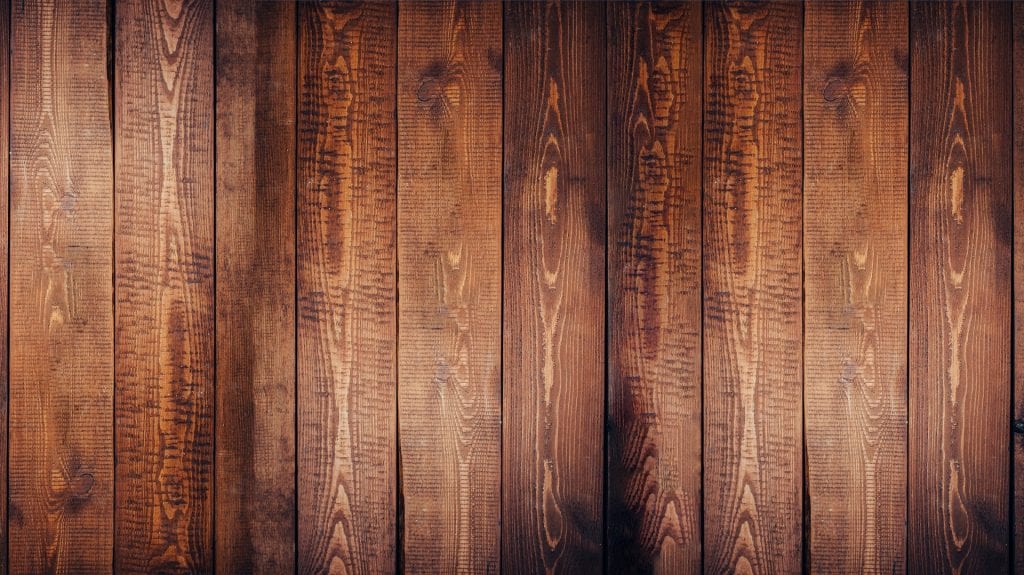

By Lance McCarthy
This week’s column should be about how wonderful it feels to be back in my home, but I’m writing this from a little desk in the Hampton Inn, so needless to say I don’t have a lot of positive things to say about the move-in process at this point.
I think this is payback for all the times I told a client something would happen by a certain time and it didn’t happen. (If you have been my client and this has happened to you, please refrain from including that in a comment below. I’m trying to impress the rest of the readers with how magically perfect I am and don’t want anything to detract from that.)
This week I will continue my series focusing on parts of the home by tackling one of my favorites: Hardwood flooring (don’t groan yet, I thought the drywall column went pretty well–all things considered).
Interesting facts:
- Wood flooring is mentioned in the Bible when David’s palace is described as having a cedar floor. I wonder if he yelled at his kids for dragging chairs across it?
- Bamboo flooring is usually included in this conversation, but it is actually made from a grass (bamboo) instead of a wood.
- The Janka hardness test gives each flooring a score that measures how much pressure it takes to embed a steel ball in the plank. Lower than 1290 is softer than red oak. Higher is harder. This let’s you know whether you can safely practice the salsa in stilletos.
- Carpet became approved flooring by the federal government for 30-year mortgages in the 1960s, which explains why hardwood was used less after that point.
Different variations:
Solid
No surprise, this is one-piece wood. Pro-can be sanded repeatedly over the life of the home. Con-Not a good option for installation below grade because it is vulnerable to moisture.Engineered
This looks more like plywood from the side, with multiple layers of wood. Pro-makes for a more stable product (doesn’t expand or contract as much). Con- it allows fewer sandings over its life.Prefinished
This could be solid or engineered. The clue is the small v-groove in the seam between boards. Pro- the finish is factory-applied to the surface, so it is ultra smooth. Because this floor is not sanded in place, any variation in level is easier to hide with the groove.Oil-based sealer
This is the traditional “polyurethane” finish. It gives a nice thick look to the floor. Con-the long dry time (about 8 hours per coat), and it tends to yellow over time.Water-based sealer
These are becoming more popular (just used it in my house). It feels “thinner”, but dries fast, and stays clear.
Questions to ask an installer:
- How long will you acclimate the wood? The planks should be stored onsite for more than 24 hours to properly acclimate.
- What do you do to prepare the floor? Good installers should screw (not nail) down the subfloor wherever possible to help prevent pesky squeeks.
- Do you install under appliances? You want the flooring to go under all appliances. This will help prevent leaks from spreading under the floor without you seeing it.
- How will we agree you are done? You and the installer should agree beforehand to some criteria for acceptable installation practices and level of finish. Try my “best practice” checklist to help
- Are you always on time? This one is a trick! Hardwood guys are never on time, so if they say they are, they either aren’t really hardwood guys, or they aren’t telling the truth. Just kidding. Kind of.

